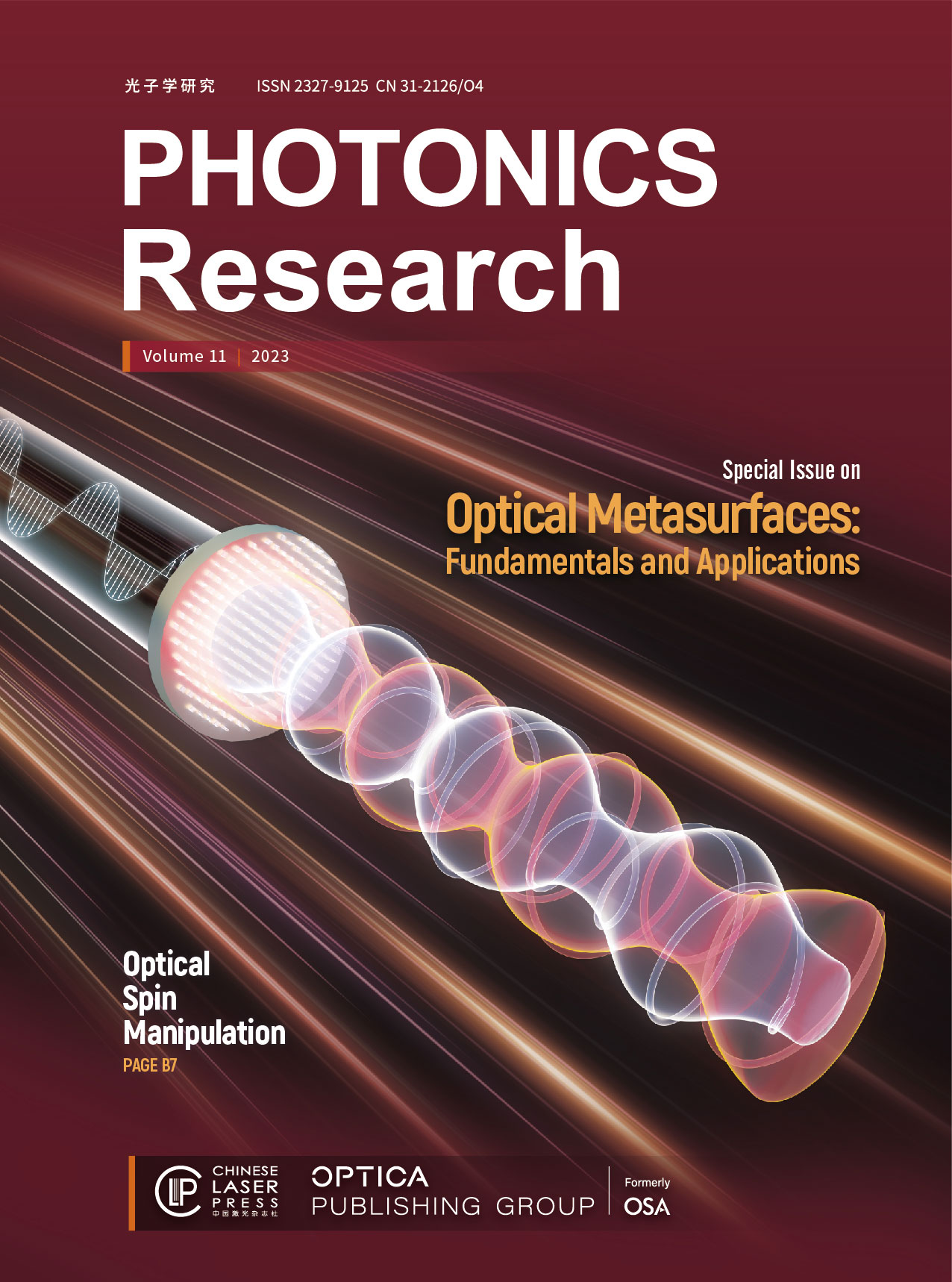基于深度学习的光学像差估计可实现离线数字自适应光学和超分辨率成像
IF 7.2
1区 物理与天体物理
Q1 OPTICS
引用次数: 0
摘要
光学像差会降低荧光显微镜的性能。传统的自适应光学(AO)利用 Shack-Hartmann 波前传感器和可变形镜等特定设备来测量和校正光学像差。然而,传统的自适应光学需要额外的硬件或更复杂的成像程序,导致成本增加或采集速度降低。在这项研究中,我们提出了一种新颖的空间频率编码网络(SFE-Net),它可以直接从生物图像中估算出畸变点扩散函数(PSF),从而实现高精度的快速光学畸变估算,而无需额外的光学设备和图像采集。我们的研究表明,有了估计出的 PSF,就可以通过解卷积算法计算去除光学像差。此外,为了充分发挥 SFE-Net 的优势,我们将估计的 PSF 与神经网络架构设计相结合,设计出了一种畸变感知深度学习超分辨率模型,命名为 SFT-DFCAN。我们证明,SFE-Net 和 SFT-DFCAN 的结合可实现活细胞成像的即时数字 AO 和光学像差感知超分辨率重建。本文章由计算机程序翻译,如有差异,请以英文原文为准。
Deep learning-based optical aberration estimation enables offline digital adaptive optics and super-resolution imaging
Optical aberrations degrade the performance of fluorescence microscopy. Conventional adaptive optics (AO) leverages specific devices, such as the Shack–Hartmann wavefront sensor and deformable mirror, to measure and correct optical aberrations. However, conventional AO requires either additional hardware or a more complicated imaging procedure, resulting in higher cost or a lower acquisition speed. In this study, we proposed a novel space-frequency encoding network (SFE-Net) that can directly estimate the aberrated point spread functions (PSFs) from biological images, enabling fast optical aberration estimation with high accuracy without engaging extra optics and image acquisition. We showed that with the estimated PSFs, the optical aberration can be computationally removed by the deconvolution algorithm. Furthermore, to fully exploit the benefits of SFE-Net, we incorporated the estimated PSF with neural network architecture design to devise an aberration-aware deep-learning super-resolution model, dubbed SFT-DFCAN. We demonstrated that the combination of SFE-Net and SFT-DFCAN enables instant digital AO and optical aberration-aware super-resolution reconstruction for live-cell imaging.
求助全文
通过发布文献求助,成功后即可免费获取论文全文。
去求助
来源期刊

Photonics Research
OPTICS-
CiteScore
13.60
自引率
5.30%
发文量
1325
期刊介绍:
Photonics Research is a joint publishing effort of the OSA and Chinese Laser Press.It publishes fundamental and applied research progress in optics and photonics. Topics include, but are not limited to, lasers, LEDs and other light sources; fiber optics and optical communications; imaging, detectors and sensors; novel materials and engineered structures; optical data storage and displays; plasmonics; quantum optics; diffractive optics and guided optics; medical optics and biophotonics; ultraviolet and x-rays; terahertz technology.
 求助内容:
求助内容: 应助结果提醒方式:
应助结果提醒方式:


